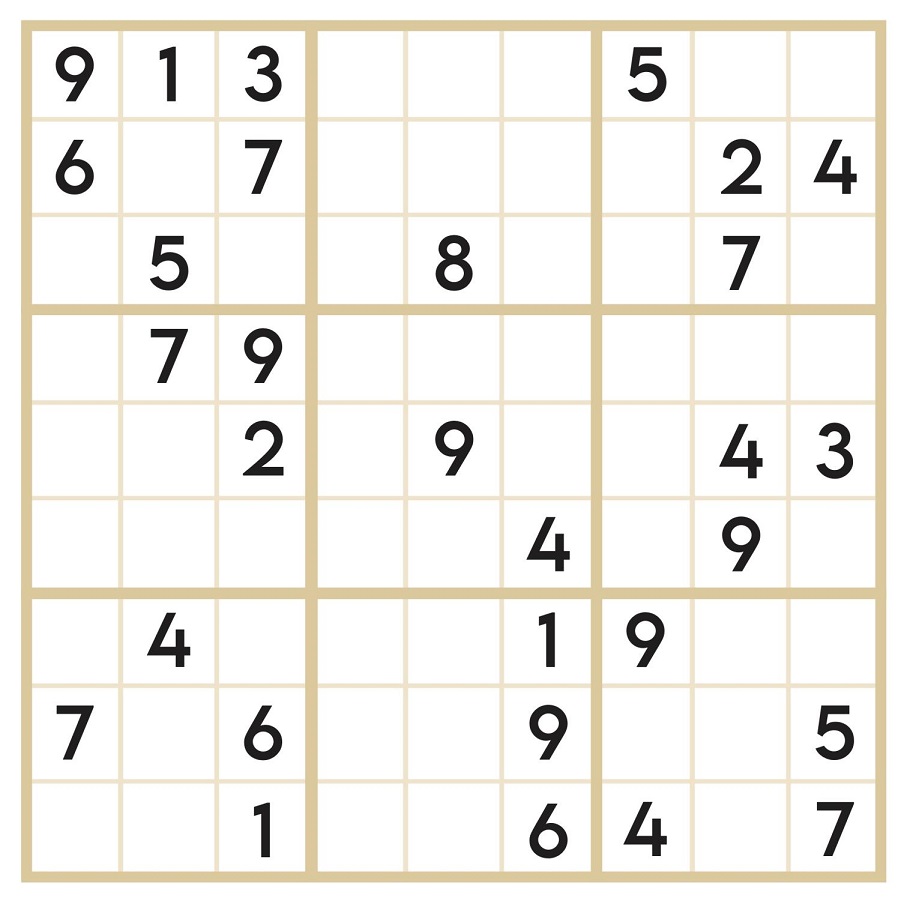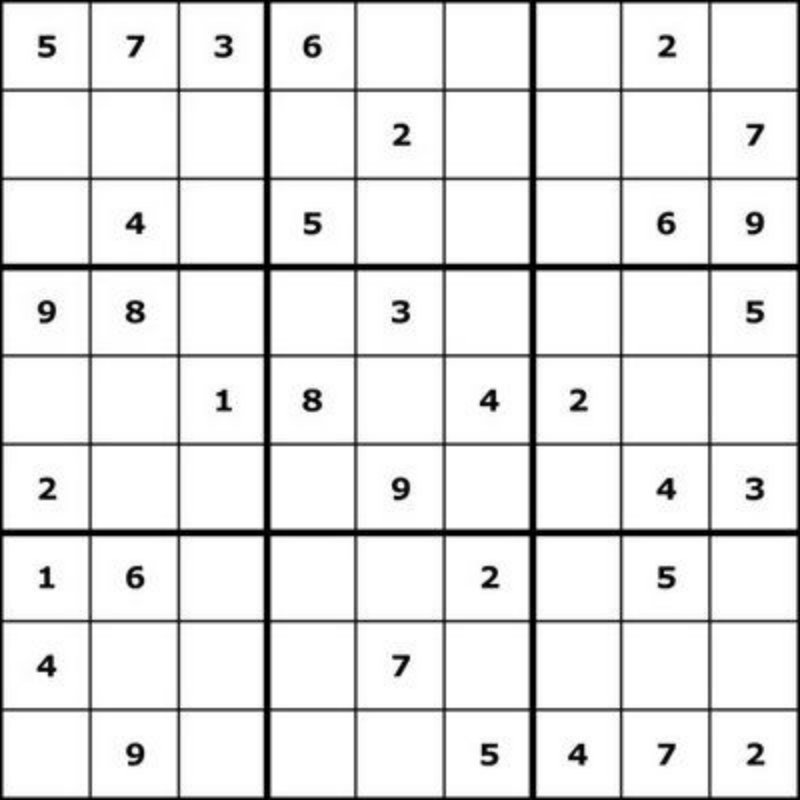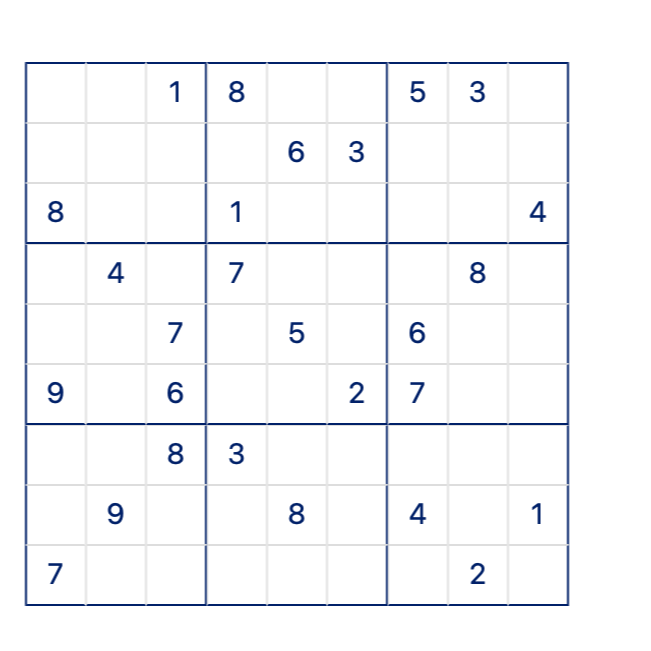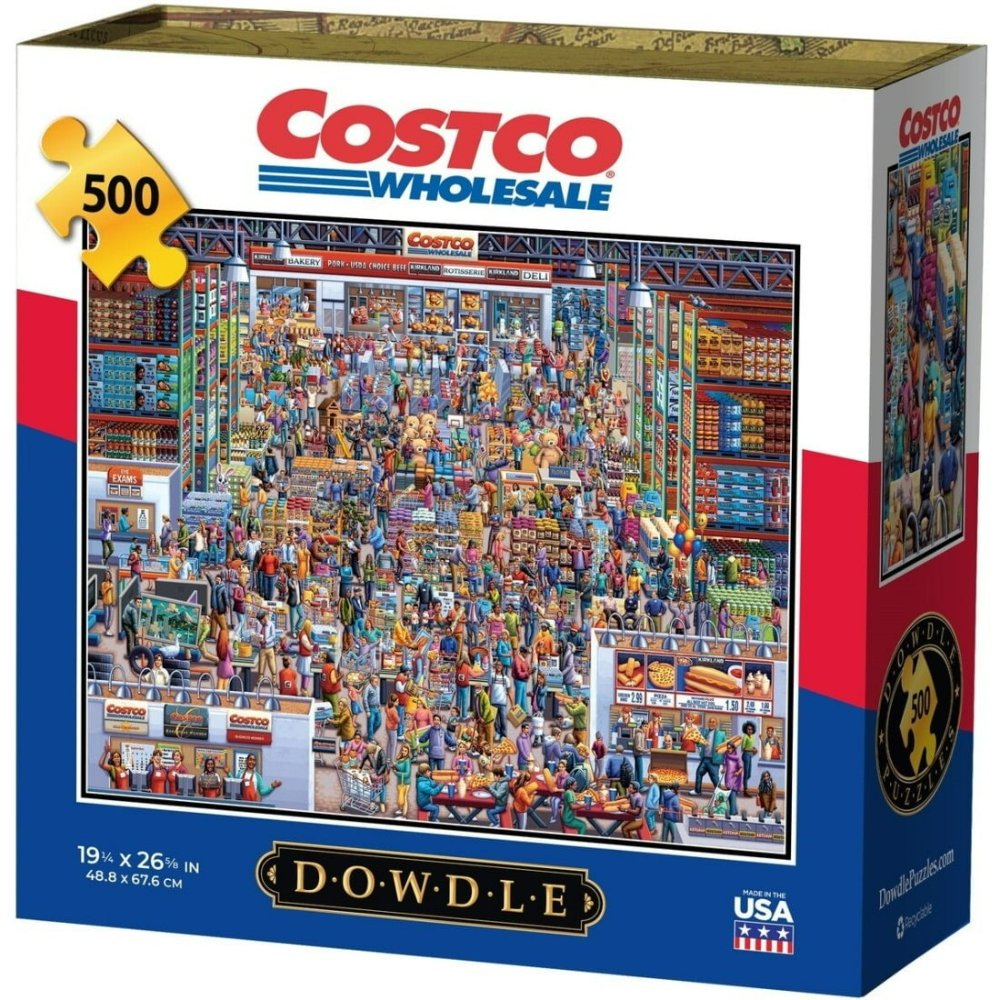Sudoku, a popular logic-based puzzle, has captivated millions globally, challenging minds of all ages. While many enjoy solving Sudoku puzzles crafted by others, creating your own can be equally rewarding and intellectually stimulating. This guide will walk you through the nuances of designing your distinct Sudoku puzzles on a blank Sudoku page.
Understanding the Basics of Sudoku
Before we dive into the intricate art of puzzle creation, it’s essential to understand the fundamental rules of Sudoku. A standard Sudoku consists of a 9×9 grid, further divided into nine 3×3 boxes. The objective of the game is to fill the grid such that every row, column, and 3×3 box contains all the digits from 1 to 9 without repetition. This fundamental structure is what makes Sudoku both a systematic and engaging puzzle format.
However, not all Sudoku puzzles are created equal. They can vary in difficulty, depending on the number of initially filled numbers and the strategies required to fill in the rest. As you embark on creating your own puzzles, you’ll discover that the arrangement of numbers and the logical flow significantly influences the puzzle’s challenge level. Familiarizing yourself with the various techniques used to solve Sudoku can help you create puzzles that are enjoyable, challenging, and solvable.

Choosing the Right Tools: Materials Needed for Creating Sudoku Puzzles
To create your own Sudoku puzzles, you’ll need the right materials to ensure both ease of creation and optimal presentation. While digital tools and applications have streamlined Sudoku creation, using traditional pen and paper can provide a tactile experience that enhances the overall process.
Essential Supplies for Beginners
Blank Sudoku Grid: Templates can be downloaded from various websites or easily drawn on paper. Templates are essential since they provide a structured layout to work from.
Pencils and Erasers: These will allow you to make adjustments as needed without leaving marks. Pencils are preferred for their flexibility in erasing mistakes, which is an essential aspect of puzzle creation.
Ruler: Keeping your grid neat and organized is crucial. A ruler can help ensure straight lines, contributing to a more polished final product.
Sudoku Solver Guide/Techniques Cheat Sheet: Having a reference on hand detailing various Sudoku-solving strategies and tips can guide you in constructing puzzles that maintain a balance of challenge and solvability.
Graph Paper: For those who prefer working with grids where every box is uniform, graph paper can simplify the process. The grid structure helps maintain consistency in sizing.
By assembling these tools, you will set the stage for an enjoyable experience in creating your very own Sudoku puzzles.
Crafting a Blank Sudoku Page: The Starting Point
Once equipped with the necessary materials, it’s time to create your blank Sudoku page that will serve as the canvas for your puzzle. Drawing a clean, precise grid is crucial to ensure that your Sudoku is not only aesthetically pleasing but also correctly formatted.
Step-by-Step Guide to Designing Your Grid
Outline the Grid: Start by drawing a large square that is 27×27 units, which allows for a 9×9 grid. This is divided into nine smaller squares of 9×9 cells, outlining the 3×3 boxes.
Mark the Individual Cells: Within each smaller square, create nine individual cells, resulting in a total of 81 cells on the grid.
Highlight the Boxes: Boldly outline the 3×3 boxes to make the puzzle more readable. This will aid both you and the players in navigating the puzzle while ensuring that they easily discern separate sections of the grid.
Add Any Necessary Annotations: Some puzzle creators prefer to label the rows and columns or include hints and notes within the grid areas. While optional, these annotations can help in organizing your thought process as you work on the puzzle.
Laying out your blank Sudoku page is not merely functional; it’s the beginning of your creative journey in suitable puzzle construction, setting a strong foundation for what follows.

Generating the Puzzle: Techniques for Filling Out the Grid
Creating a Sudoku puzzle involves more than just randomly placing numbers. The challenge lies in crafting a grid that maintains Sudoku’s integrity while ensuring it can be solved through logic alone. Below are effective techniques for filling in numbers while retaining a solvable structure.
Strategies for Number Placement
Start with a Solvable Base: Begin by filling out the grid in a way that ensures it is completely solvable. This typically means starting with a fully completed Sudoku. There are various methods of completion, including backtracking algorithms and Sudoku-solving techniques, which you can reference to help you fill the grid.
Remove Numbers to Create a Puzzle: With a completed grid in hand, gradually remove numbers while testing to ensure the puzzle remains solvable. It’s crucial to ensure that your puzzle has one unique solution. This process may take time, as you’ll need to verify that no additional numbers can be derived from the ones you’ve retained.
Avoid Patterns: When removing numbers, be cautious of leaving behind numbers in clustered sections or predictable patterns. Offering a balanced distribution across the grid adds to the difficulty and uniqueness of your puzzle.
Testing Your Puzzle: After creating a draft, test the puzzle yourself or have someone else test it out. This final check is essential for confirming that the original puzzle maintains its uniqueness and logic.
Each of these techniques should allow you to create engaging and challenging Sudoku puzzles that not only test the solvability quotient but also offer enjoyment for those who tackle them.
Adding Complexity: Adjusting Difficulty Levels of Your Sudoku Puzzles
Creating Sudoku puzzles isn’t a one-size-fits-all approach. As you progress in your puzzle-making journey, you may want to introduce varying difficulty levels to cater to different audiences. Adjusting the puzzle’s complexity can be accomplished through strategic placement and the number of clues provided.

Factors Influencing Difficulty Level
Number of Clues: Fewer initial numbers generally result in a higher difficulty level. For example, a puzzle with around 30 given numbers will typically be much harder than one with 50 or more clues. Start with a fully solved grid and experiment by strategically removing numbers while keeping track of the remaining clues.
Placement of Key Numbers: Important to a puzzle’s solvability, the placement of initial numbers can also influence how complex the solution path is. By placing numbers along the edges or in the corners, you can create more straightforward pathways towards solving the puzzle. In contrast, placing them at the grid’s center may complicate the logic trails.
Introducing Advanced Solving Techniques: If you want to create a difficult puzzle, consider the nuances of advanced solving techniques, such as X-Wing, Swordfish, or coloring techniques. By ensuring that only advanced techniques will lead to the solution, you can challenge even seasoned Sudoku enthusiasts.
By understanding how these factors impact the overall difficulty of your Sudoku puzzles, you can create a variety of puzzles that challenge, intrigue, and engage your audience.
Sharing Your Handmade Sudoku Puzzles: Exploring Distribution and Feedback
Once you’ve successfully created your unique Sudoku puzzles, the next step is sharing them with family, friends, or the wider Sudoku community. Making your work available provides valuable feedback, enhances your puzzle-making skills, and brings joy to others.
Social Media: Platforms like Instagram or Facebook are excellent places to showcase your Sudoku puzzles. You can share images of the completed grids and invite your followers to tackle them.
Sudoku Forums and Websites: Numerous online communities dedicated to Sudoku enthusiasts allow for puzzle sharing. Websites like Reddit or specialized Sudoku forums can be platforms where you present your puzzles, receive feedback, and potentially gain new puzzle-solver followers.
Print and Share: For those who prefer traditional formats, consider printing your puzzles and sharing them in person during gatherings or events. Distributing printed copies encourages engagement and interaction, allowing for a shared solving experience.
Create a Blog or Website: Establishing a blog or dedicated webpage can serve as a portfolio for your Sudoku creations, complete with guides on how to solve or create puzzles. Sharing your journey in Sudoku creation can resonate with readers passionate about the game, potentially leading to collaborations or increased visibility for your puzzles.
Conclusion: Embracing the Art of Puzzle Creation
Creating your own Sudoku puzzles can be an immensely fulfilling experience that combines creativity, logic, and challenge. Whether it’s for personal enjoyment or to share with the broader community, the skills you develop along the way — from understanding Sudoku’s fundamentals to crafting intricate puzzles with varying levels of difficulty — will enhance your appreciation of this timeless game.
As you progress through each stage, remember to celebrate your successes and learn from any missteps. The beauty of crafting Sudoku puzzles lies not only in the end product but also in the journey of creativity and problem-solving that accompanies it. So gather your materials, unleash your creativity on that blank Sudoku page, and enjoy the rewarding experience of puzzle creation!


